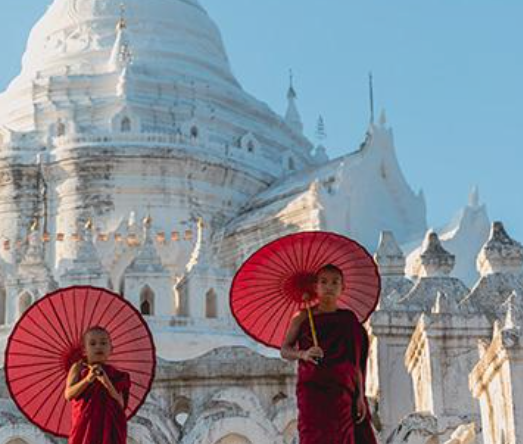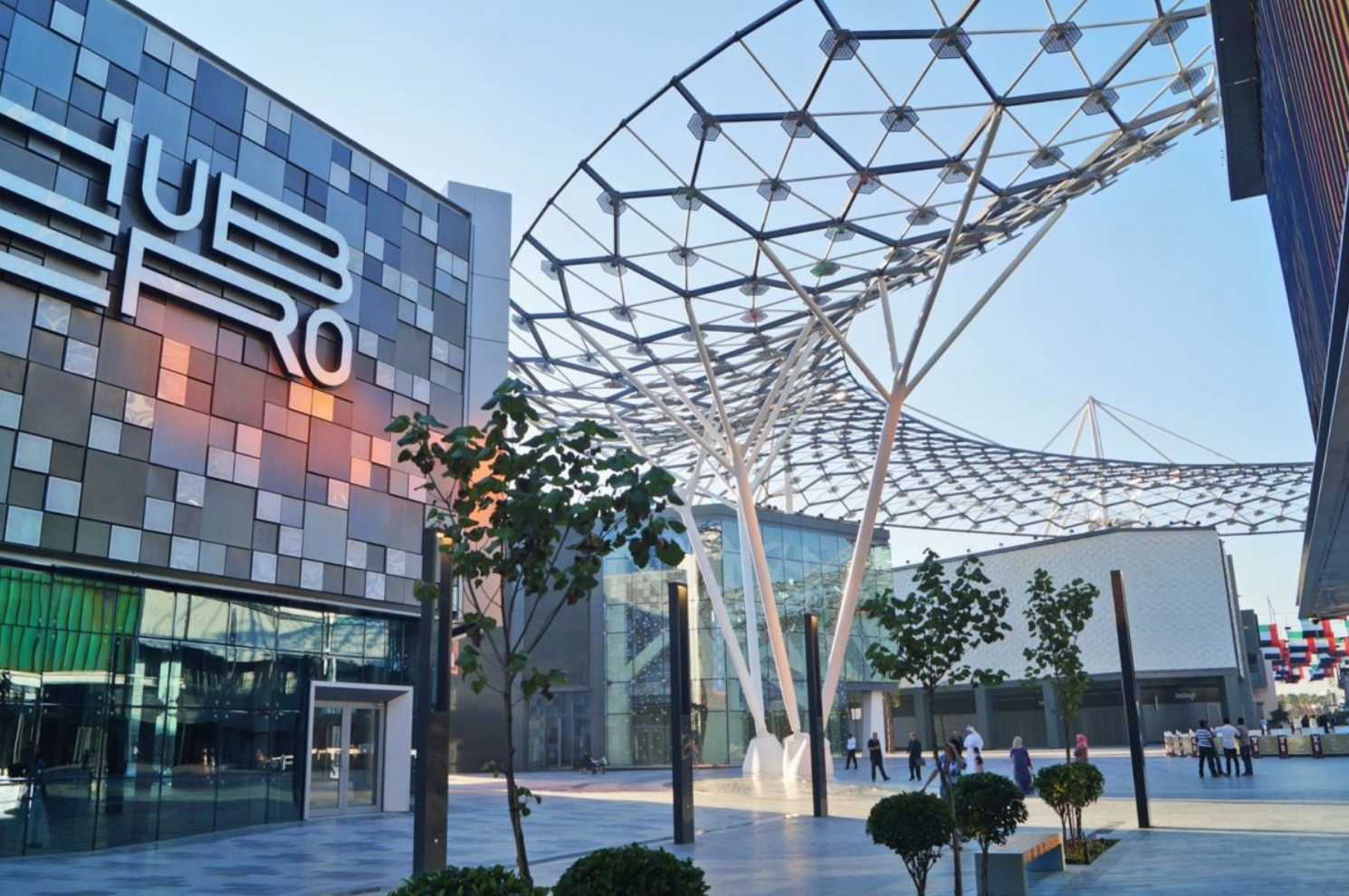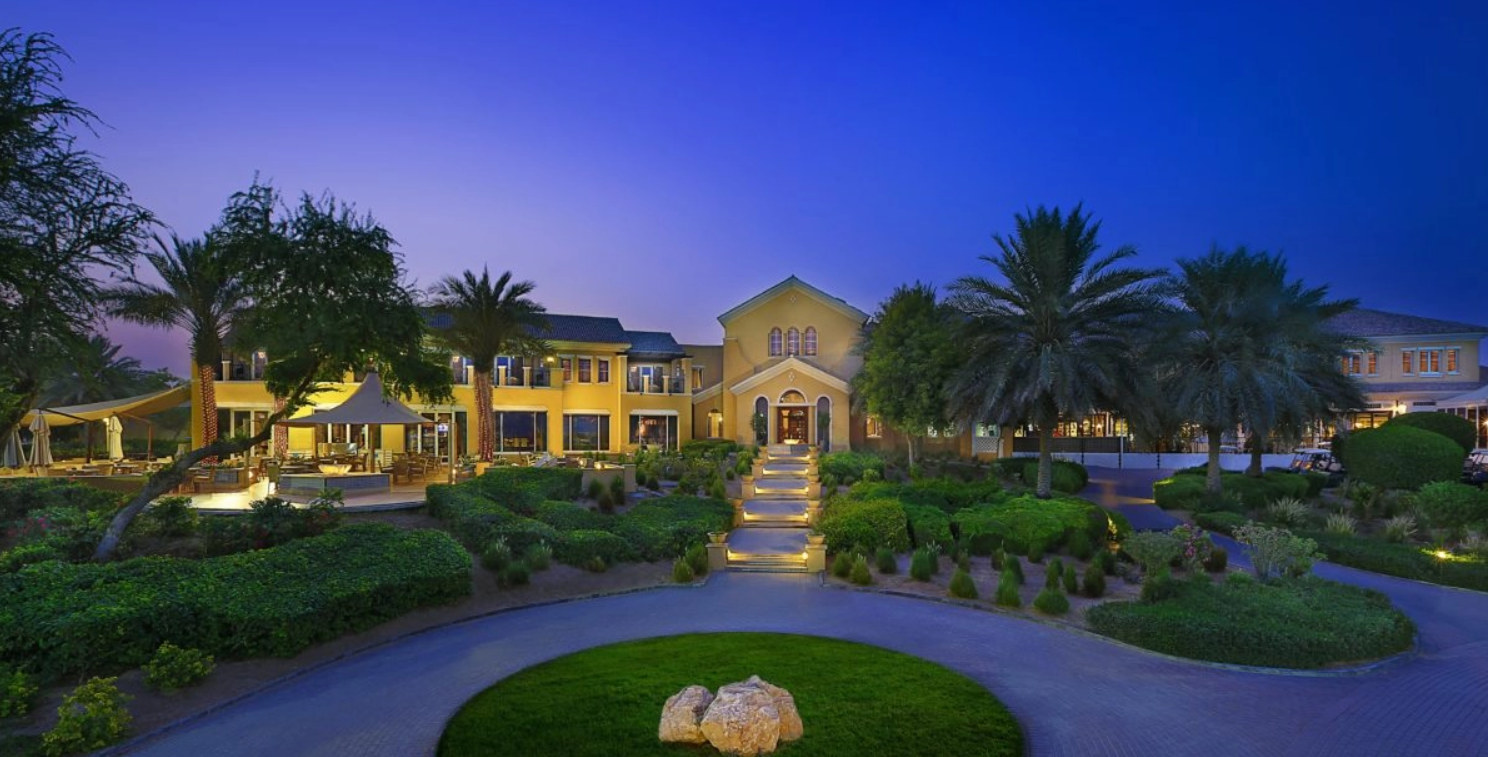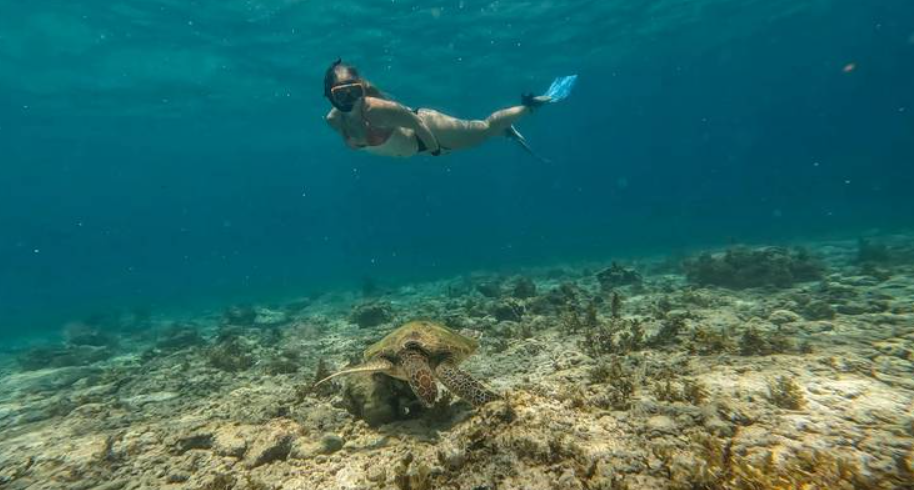Is Myanmar’s appeal in its temple-laden skyline, glittering against the late afternoon sky from a lofty vantage point? Or is it the busy streets where smiling locals go about their daily duties? Though the country only recently opened its gates to tourism, it’s no question that it’s always been destined for surreal, elevating explorations. This is beguiling Burma, and it’s waiting for you.
The Highlights

Inle Lake
It’s hard to contest Inle Lake’s allure. The freshwater lake is as charming as they come, fringed with floating gardens and stilt houses that witness the constant passing of leg-rowing men on wooden fishing boats. If you’re seeking to immerse yourself in Myanmar’s local culture and breathe the country air, you’ve found the right place. Feast on fresh seafood and consider a trek to hilly Kalaw.
Kalaw
Seeking respite from the scorching heat might lead you to Kalaw, one of Myanmar’s charming towns in the Shan Hill country and an old colonial village. It serves as a starting point for many hiking and trekking adventures, but stay in town for just a little while. Stay at a guesthouse, meander through the markets and rub elbows with the locals. This is the ideal place to slip into the slow rhythm.


NgapaliNot many places can rival the unspoilt coast of Ngapali in the Bay of Bengal just outside of Thandwe. Island excursions and watersports are popular here, but it’s enough to stay grounded. The white sand beaches are perfect for the more laid-back exploits including lazing on the beach, watching local fishermen bring in their catch, visit local markets, and eat fresh seafood to your heart’s content.
Mahamuni Buddha Temple
To the many tourists that roam the grounds of Mahamuni, it’s one of Myanmar’s most famous pagodas. To the devotees, it’s home to one of the only five likenesses of the Buddha. This Buddhist temple, located in Mandalay, is famed for its 13th-foot Buddha image, which is the stuff of legends. It’s also home to six large bronze statues that were looted from the Angkor Wat in the 15th-century.


Mingun
Even hard to impress folks will find it difficult not to be roused by Mingun’s most famous attraction. This little town outside made its mark on the map thanks to Mingun Pahtodawgyi, an unfinished temple whose remains still stand, albeit in ruin. It’s more of a peculiar stop than a religious one.
Hpa An
From Yangon, head east to Hpa-An, a little village on the bank of Thanlwin River. It serves as a base for many adventures. Visit Saddan Cave, home to a few dozen Buddha statues. Summon a bit of courage and delve deeper until you come out the other side. Next, trek to the top of Mount Zwegabin. The climb is gruelling, but the views are spectacular and a lone monastery is begging to be explored.

Contact Klub Advisor for personalised travel offers, dates, prices & payment options. Find out the latest travel requirements for your trip. Send your enquiry via the form below. If you’re club member, click on the icon in the right-hand corner and write to WhatsApp to start a discussion.
The Location
This Southeast Asian country borders India in the west, China in the north, and Laos and Thailand in the east. It is a 20h 35m flight from Los Angeles, with a two-hour layover. From London, it’s about 13h 40m with an hour and 15 minute stop.
Capital City
Naypyidaw, more than 300 kilometres north of Yangon, serves as Myanmar’s official capital. Though Yangon remains to be the more dynamic city, Naypyidaw has that strange, almost too manicured look that is worth glimpsing.
Main Airport
The Yangon International Airport, located in Mingaladon about 11 kilometres from Yangon, is Myanmar’s main and busiest domestic and international hub.
Language Spoken
The official language of Myanmar is Burmese, although there are seven regional languages that are recognised. A small percentage of the population speak Myanmar English, however, more people are learning the language.
Currency
Myanmar uses the Kyat. The currency code is MMK. Cash is still king in Myanmar for obvious reasons. It’s the main form of payment in most of the country. Carry cash, but no more than you need for a few days, as there are many ATMs.
Visas
Currently, only a few Asian countries hold a 14-day visa exemption to Myanmar. Citizens of most countries must obtain an eVisa for tourism and business. These countries include Australian, the United States, Canada, and the UK.
Electricity
Myanmar uses a 230V current, 50Hz frequency, and type C, D, F and G power sockets. Travellers from the US and Canada will definitely need adapters as well as converters.
Vaccinations
Vaccines recommended for Myanmar are Typhoid, Hepatitis A, Hepatitis B, Cholera, Rabies, Japanese encephalitis, and Influenza. Anti-malarial tablets are highly advised, as is a Dengue Fever vaccine.
Emergency Calls
The emergency phone number for Myanmar differ depending on the area. For Yangon, call 199 for the police, 191 for fire and 192 for an ambulance. In Bagan, it’s 95-2-67243 for the police, 95-2-60191 in case of fire, and 95-2-67219 for the hospital.
When to Visit
Peak Season
NOVEMBER TO FEBRUARY
Myanmar is at its busiest during the winter season, which is essentially the country’s driest season. This starts around November and lasts through February when the temperatures in the daytime are bearable and the nighttime temperatures are pleasant. The great thing about Myanmar is that everything is low cost so even in the high season, budget travel is possible. Plus, November is that start of the hot air balloon festivals as well as pagoda festivals so your list of options for covetable experiences is longer. That is if you can bear the heavy foot traffic. If you’d prefer to avoid that, consider the rainy season.
Low Season
MARCH TO MAY
March and April might be the worst months to visit Myanmar as the temperatures rise to well above 40°C. However, if you can forgive the heat, mid-April might be fun as you can take part in the annual water fight to celebrate the Buddhist New Year. To really avoid the crowds, come in May when the wet season is only just starting. In fact, if you’re looking to mainly visit Bagan, Inle Lake and Mandalay, May through August might just be ideal for you as the crowds are thinner and these three dry regions are more bearable. Even consider September or October when it’s cooler, less wet and the leg-rowers at Lake Inle hold their boat festival.












